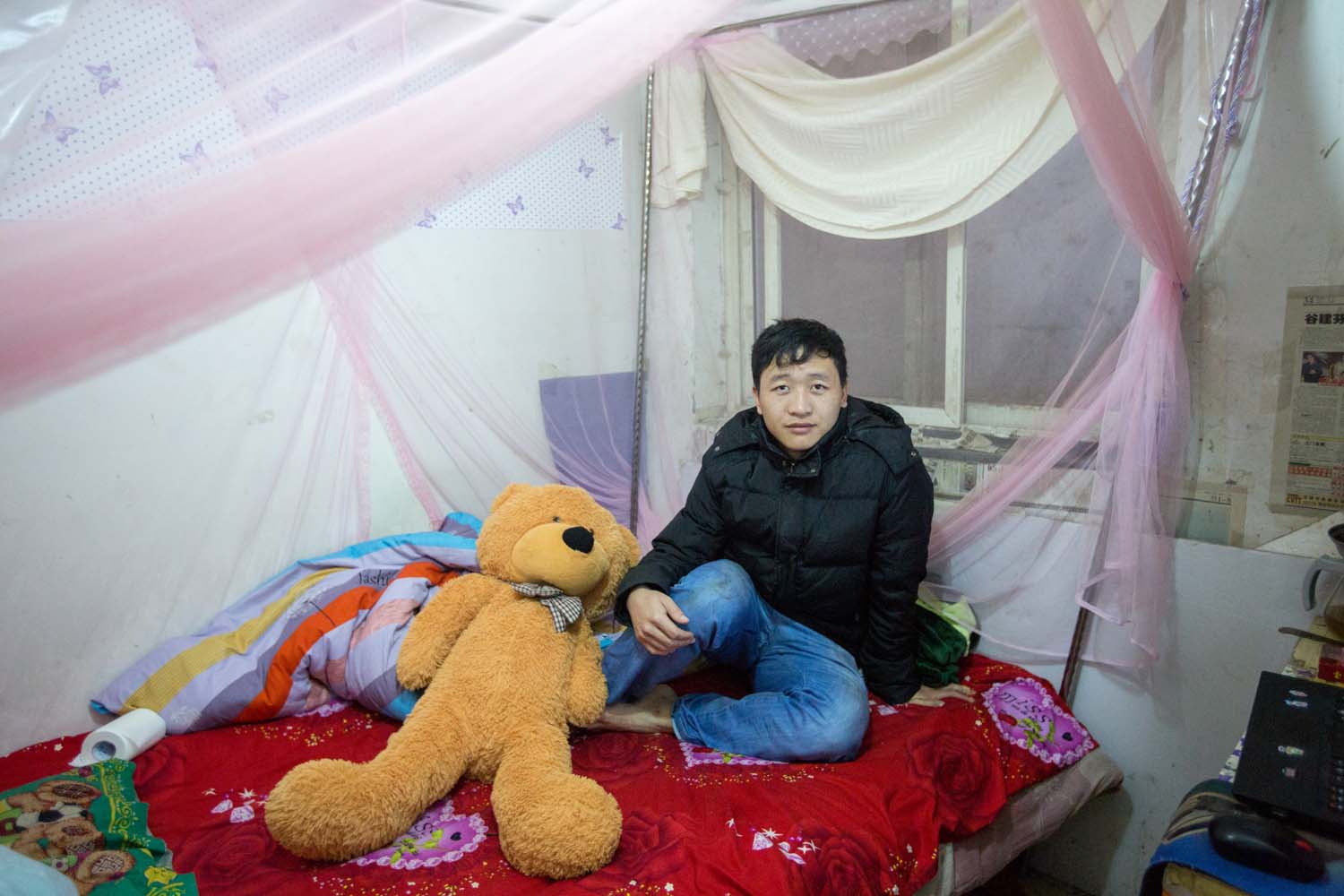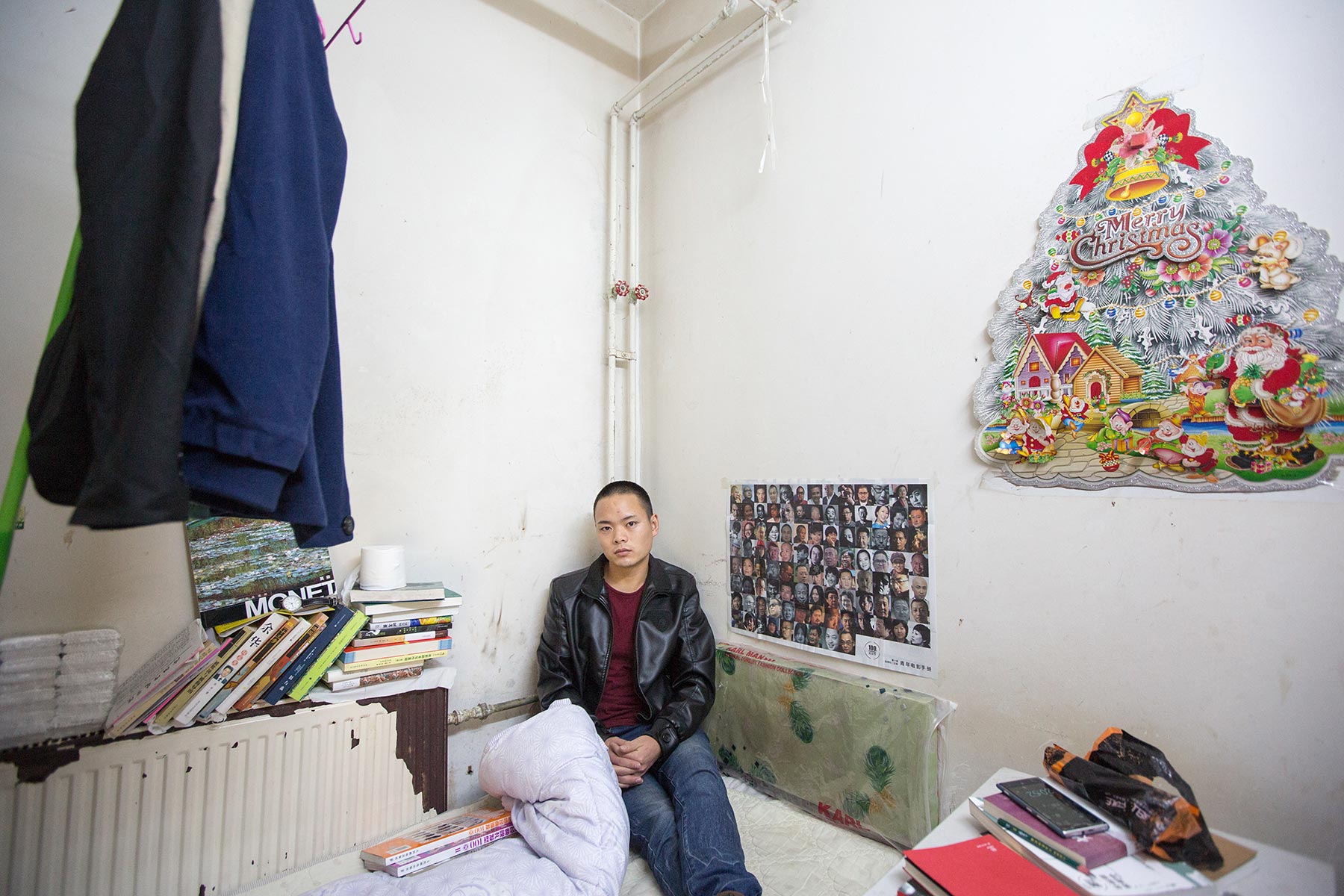
BEIJING—If you drive through Beijing, one thing that jumps out is how the city is carved into vast gated communities. Many have a dozen or two 25-story buildings with a small green area in the center, a fence, and desultory guards to keep working-class people out.
This is the ideal for modern China's housing. It's the sort of place where the new real estate-owning class lives and aspires to upward mobility.
The problem is most of the people who do manual labor in China's big cities can't afford to live in these new shequ, or housing districts. So many are forced to live underground—the rat tribe, as they've been dubbed by the local press.
What fascinated me about this project was that it was a chance to literally dig deeply into Beijing's urban fabric. I've written about urban China before—I wrote a book that was partly about efforts to save the old city—but I hadn't realized the way most of the underclass really live until embarking on this project with Sim Chi Yin.
I wasn't sure what to expect but I thought there would be more anger, and perhaps even more latent violence. Instead, most of the units we visited were relatively well run and filled with people who hope for something better in society. The people were usually quite friendly and invited us in for a chat. I discussed Buddhist theology with one woman, Protestant hymns with another, and the economics of rice farming with a third.
What struck me most is that despite reports of a slowing economy, there was little sense of desperation. This is probably because most people who can't find jobs can always go back to their farm—although that's true for fewer and fewer people in China, as urbanization eats up the country's precious farmland. For whatever reason, most accepted their place in Beijing as temporary migrants who hoped to make some money for a project or dream they had back home—a child's dowry, a more comfortable retirement, or just some cash income that they'd never earn if they stayed back on their tiny farms.
So these places weren't as dangerous as Latin American favelas, or even many U.S. slums. Mostly, what one encountered were people scrimping and saving to get ahead—and willing to sacrifice comfort to do so. For many, living in a rat hole might be like living in a backpacker's hostel—not ideal, not what you want to do forever, but acceptable in the short run.
Since we ended our reporting earlier this year, I've stayed in touch with some of our new acquaintances via social media. I'd like to keep in touch and see where they end up in a few years. I think some might still be at the bottom of the ladder, but I suspect that most will have scampered up a rung or two and be able to catch a glimpse of daylight.





